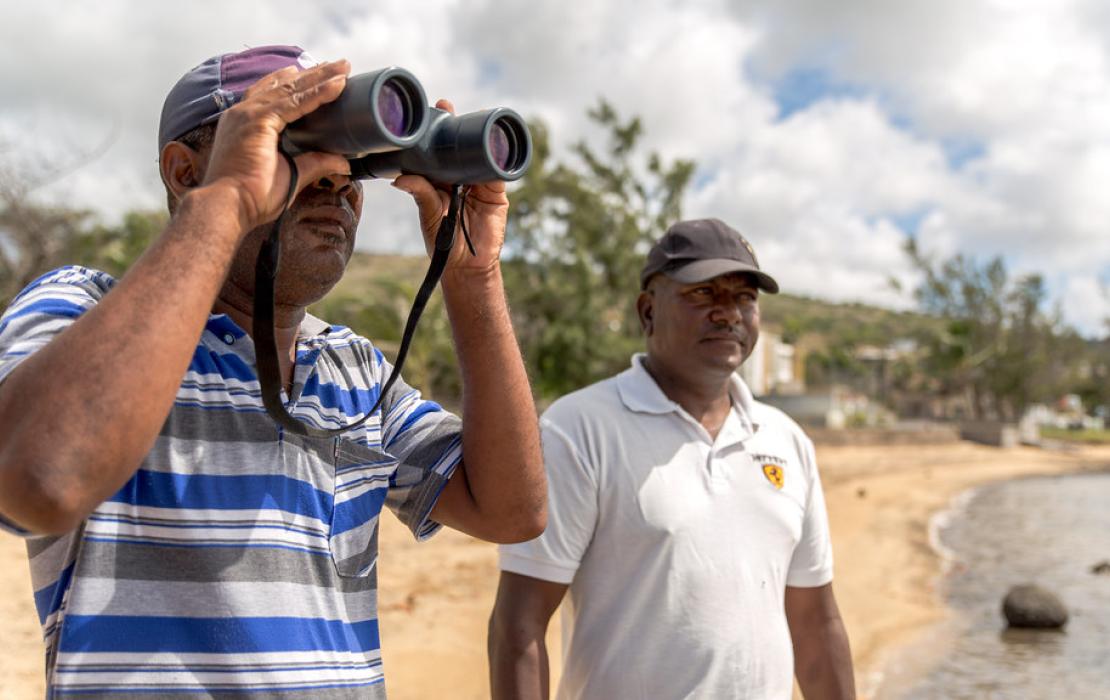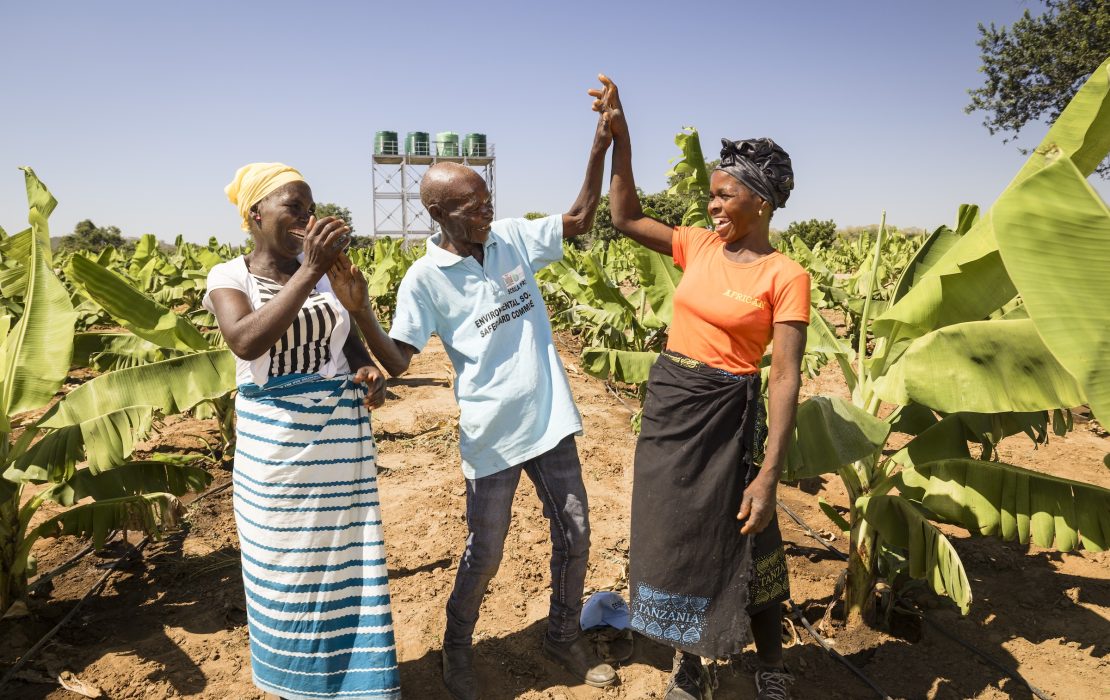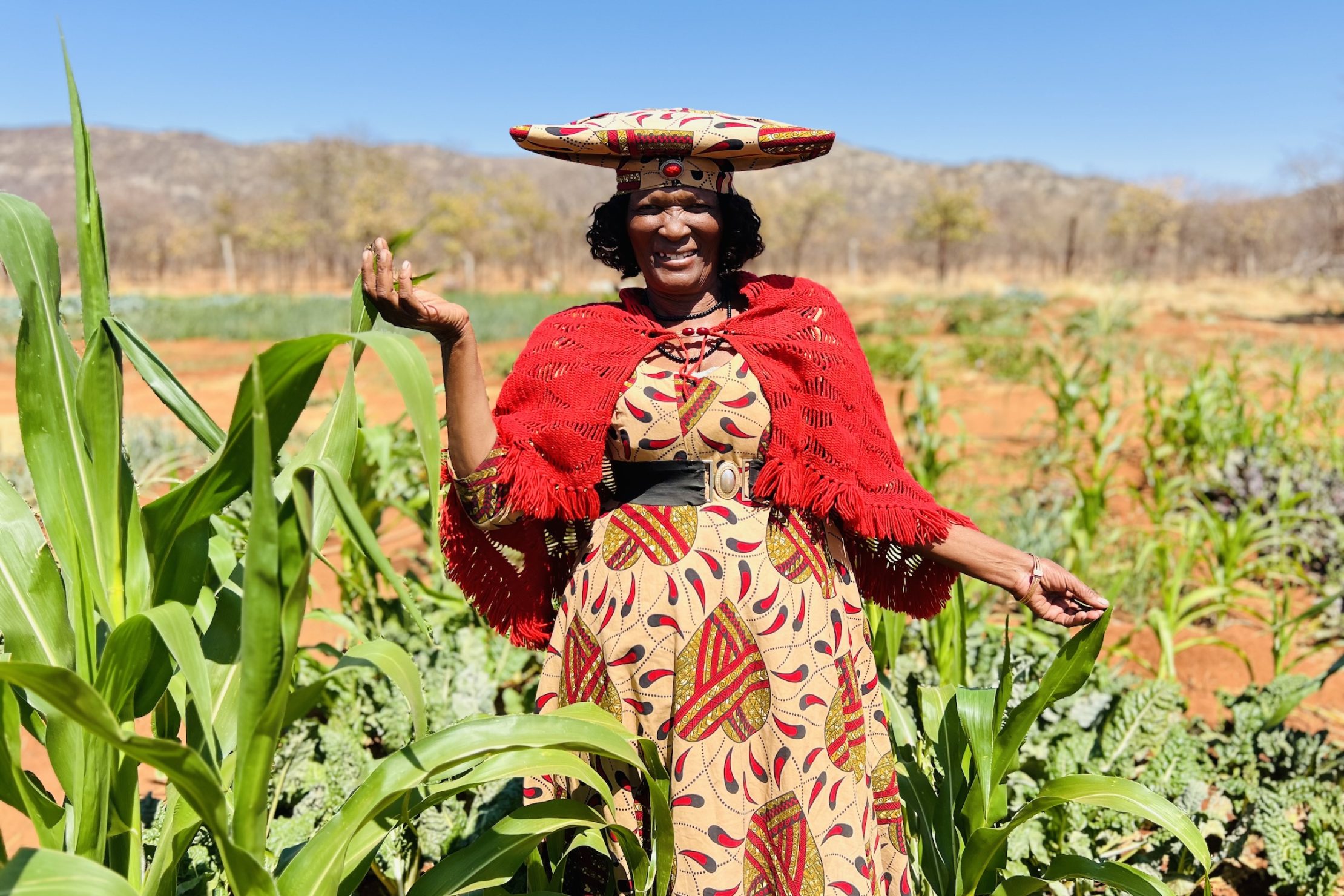
Photo: UNDP Namibia
Africa is the world’s second fastest-growing economic region, hosting 12 of the 20 fastest-growing national economies. According to recent estimates, nearly half of African countries will exceed 5 percent Gross Domestic Product (GDP) growth in 2025, higher than the global average of 2.8 percent.
As economic expansion accelerates, increases in energy demand, infrastructure development and urbanization happen in tandem. These developments, which are essential to sustaining growth, are taking place at a time when the world needs stronger climate ambition to avoid catastrophic levels of warming.
This context has compelled African countries to consider how to pursue growth along sustainable pathways. To support this process, African countries have started developing Long-Term Low Emissions Development Strategies (LT-LEDS). These strategies provide a long-term framework for sustainable growth and integrate economic and social development objectives with measures needed to keep global average temperature rise below 1.5°C. These also have 20-30 year outlooks and therefore are an important tool to attract green investment and build resilience to climate risks.
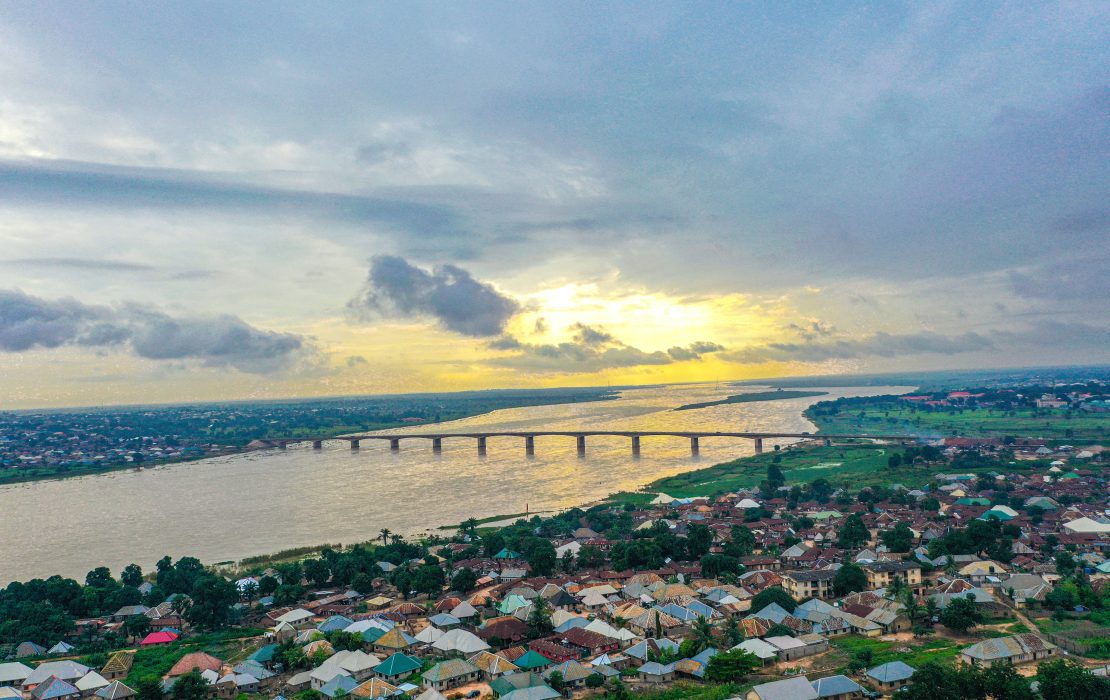
Africa’s growth shows the region's potential for economic transformation. Photo: UNDP Nigeria

21 African countries will achieve economic growth exceeding 5 percent in 2025. Photo: UNDP Zimbabwe
While this timeframe is longer than typical policy planning cycles, it's quite short given the complex transformations required for African countries to reach net-zero emissions by 2050. By integrating climate considerations into long-term development planning, African countries can ensure this target is reached achieving economically robust outcomes, that are environmentally sustainable and socially inclusive.
Indeed, LT-LEDS planning is more than just climate change mitigation; it helps countries fight climate-related inequalities and their root causes, and offers opportunities to the people affected most including women, youth, Indigenous Peoples and vulnerable communities. Involving these groups in the design and implementation of LT-LEDS strategies helps define climate policies that reflect diverse needs and priorities, strengthen social cohesion, build local ownership and achieve a just transition.
While fewer countries from Africa have submitted LT-LEDS compared to other regions, Namibia, Togo and Zimbabwe are leading the way in developing long-term sustainable pathways with climate action at the core, with support from UNDP.
Zimbabwe unveils new opportunities for investments
To support its vision of becoming an upper-middle income economy by 2030, Zimbabwe adopted a more strategic and integrated approach to climate finance, prioritizing investment opportunities that align climate actions with development goals.
Building on its LT-LEDS, the country has developed an Integrated Investment Framework. This framework aims to attract and guide domestic and international investments toward climate-resilient initiatives across key sectors. Specifically, the investment framework aims to mobilize financing for 30 climate change mitigation activities, with an estimated total cost of US$6.3 billion by 2030 – of which $4.8 billion is entirely dependent on international financial support. This requires leveraging donor funding, fostering public-private partnerships and mobilizing the private sector and other financing mechanisms to support the effective roll-out of the country's climate plans.
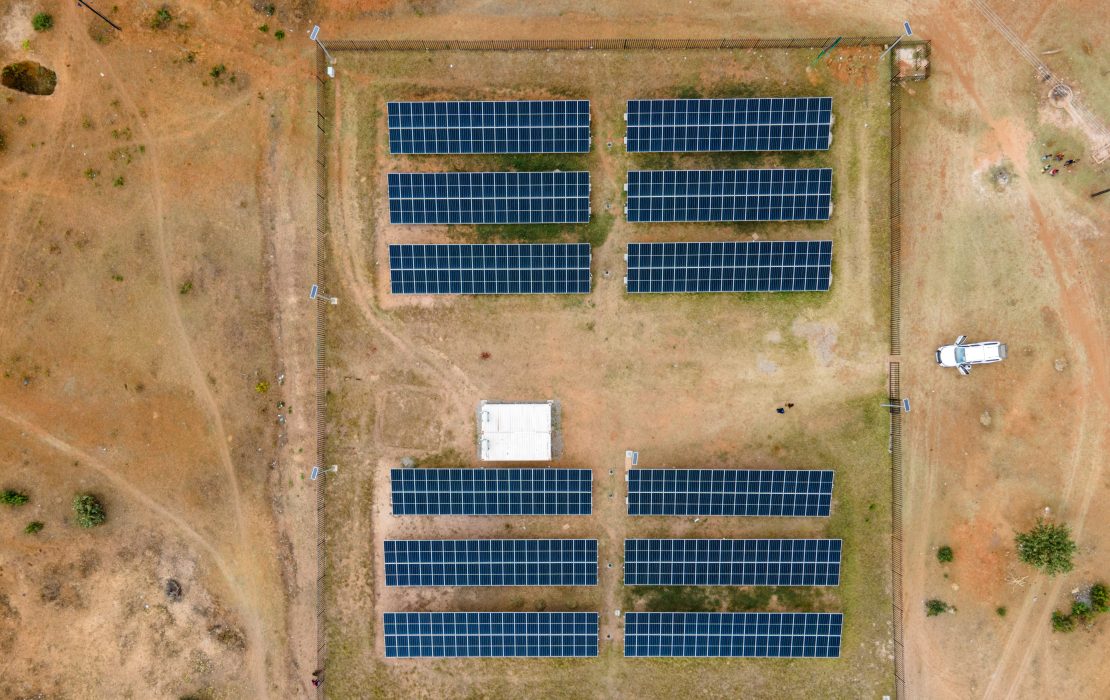
Sustainable energy is among the economic sectors prioritized in Zimbabwe’s Investment Framework. Photo: UNDP Zimbabwe
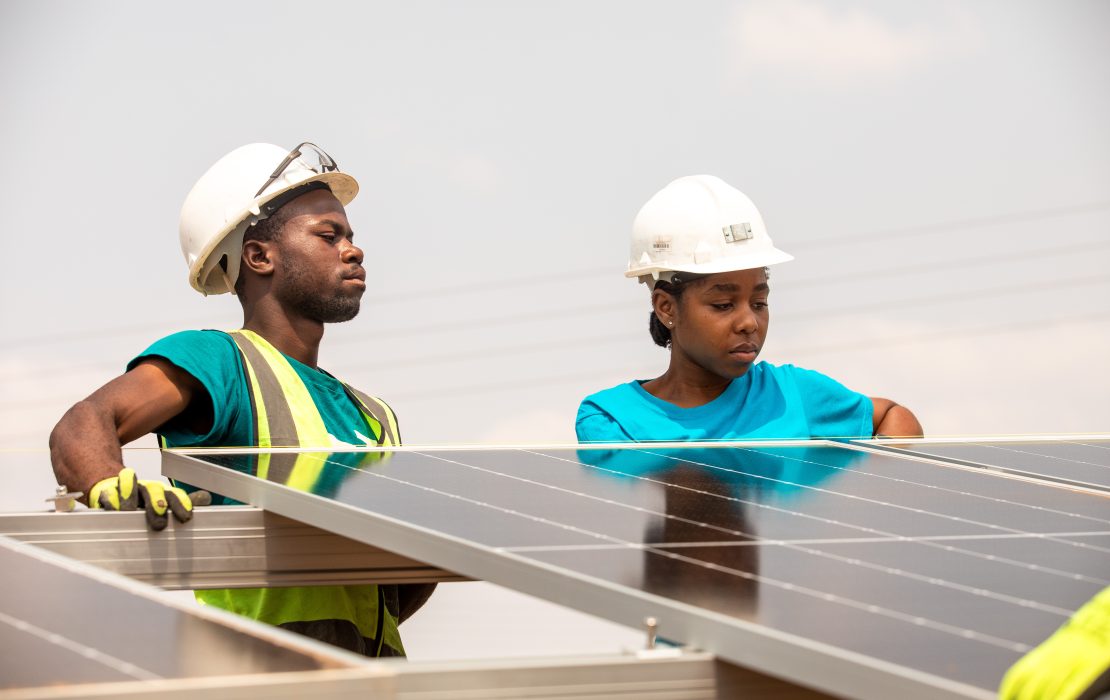
The framework helps policymakers make informed decisions for a just transition, allowing for green jobs creation. Photo: UNDP Zimbabwe
The framework also seeks to improve coordination among stakeholders, outlining clear roles for the central government, local authorities, the private sector, development partners and financial institutions to actively contribute to Zimbabwe’s green transition. It also helps align sectoral and national plans under a coherent climate and development vision, supporting the country’s efforts to meet its NDC targets.
As such, this new investment framework is crucial to informing future policymaking by highlighting which sectors have the greatest potential to deliver both emissions reductions and inclusive economic growth, including green technologies, renewable energy, sustainable agriculture and resilient infrastructure.
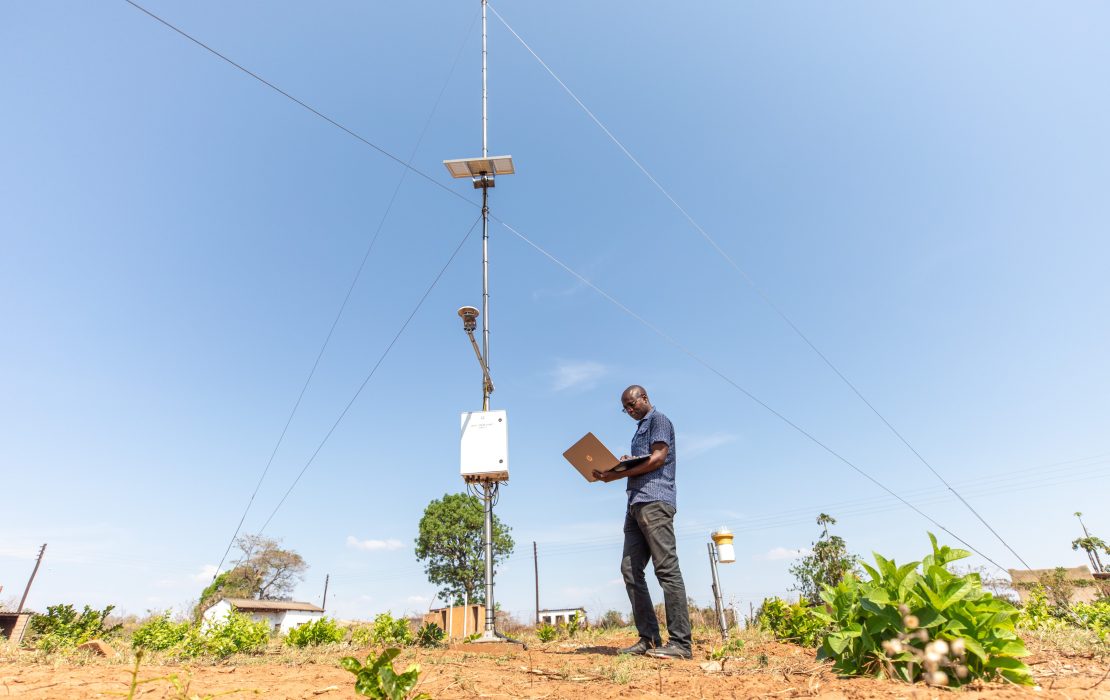
New job opportunities arising from a green economy highlight the need for updated training and skills development. Photo: UNDP Zimbabwe

Renewable energy infrastructure provides access to water for productive and household use, including during droughts and floods. Photo: UNDP Zimbabwe
Togo develops long-term climate vision through broad consultations
As a low-lying coastal country, Togo, like other neighboring nations in West Africa, is being hit hard by the impacts of climate change. Since the coastal region is home to over 90 percent of the country’s economic activity and nearly half of its population, sea level rise and coastal erosion are a major threat to the country’s future. Moreover, Togo is also experiencing more frequent and intense floods and droughts. In 2024, the country faced the driest year in five years, severely affecting agricultural communities in the north.
These vulnerabilities have placed growing pressure on national planning processes and enhanced the sense of urgency to integrate climate resilience and emission reductions into development strategies.
In response, Togo has initiated the development of its LT-LEDS through an inclusive design process. Coordinated by the Ministry of the Environment and Forest Resources, this process includes a series of strategic dialogues and technical consultations designed to align climate policy with national development priorities.
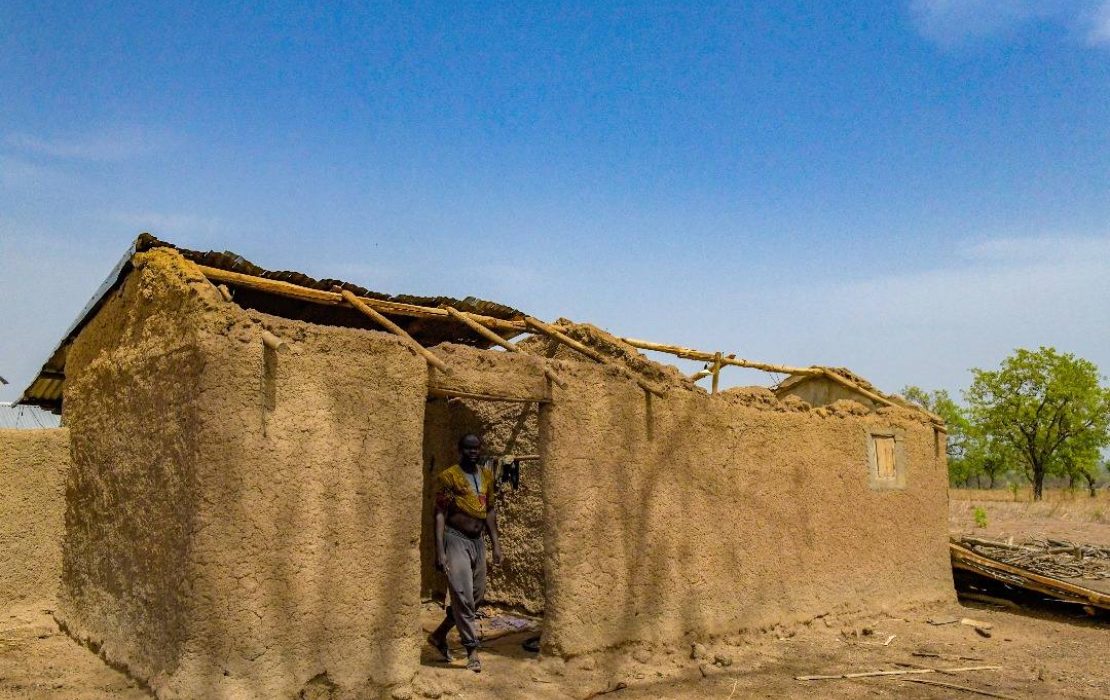
Climate shocks in Togo are regularly affecting the livelihoods of vulnerable populations in rural areas. Photo: UNDP Togo
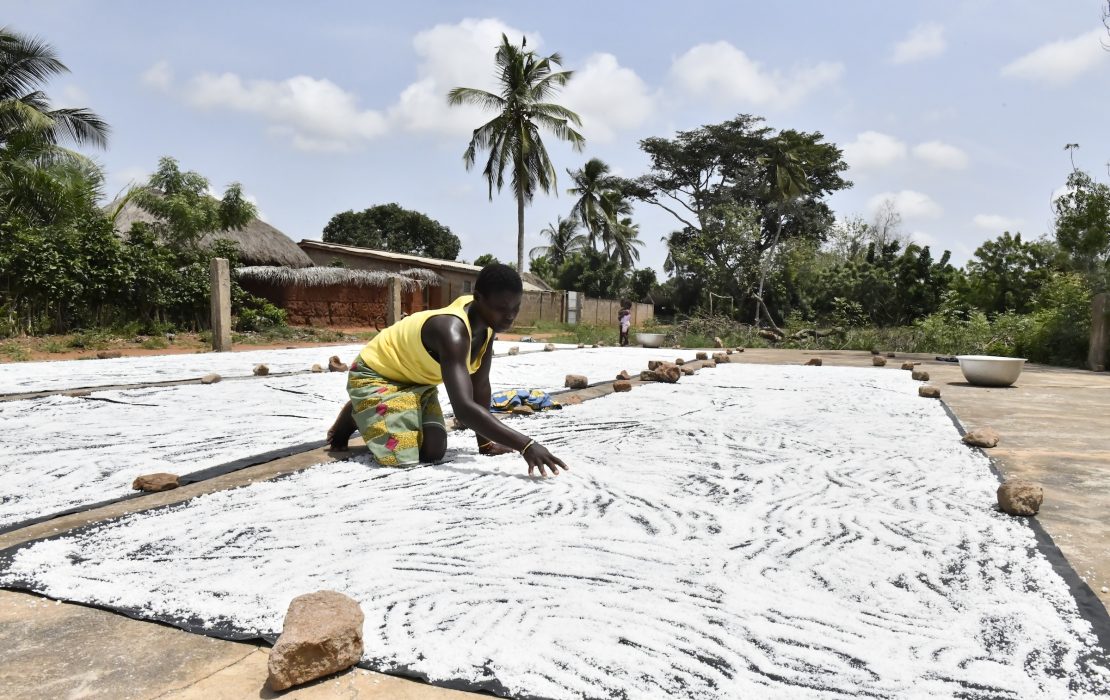
Togo's LT-LEDS helps turn targets into action at local levels, supporting communities that rely on agriculture for their livelihoods. Photo: UNDP Togo
Building on the structures used during the framing of its Nationally Determined Contribution (NDC), the government brought together a wide range of sectoral actors from national ministries, local government, research institutions and civil society organizations. Youth and women’s groups were also part of the process, ensuring diverse voices contributed to shaping the country’s vision on climate action and resilient development.
The consultations focused on mapping existing national and sectoral policies relevant to low-emission development, collaboratively defining visions for the LT-LEDS, and identifying priority climate change mitigation and adaptation measures.
Through this extensive participatory process, Togo aims to ensure that its long-term climate strategy reflects both national development goals and the urgent need to increase climate resilience, particularly in vulnerable coastal and agricultural zones.
To further strengthen the country’s long-term planning approach that has guided the LT-LEDS development, Togo adopted a law on climate change in March 2025, providing a legal framework for more effective climate action over the medium- and long-term.
Namibia targets sustainable growth amid rising climate risks
As a lower-middle income economy, Namibia’s GDP per capita is significantly above the national average in Sub-Saharan Africa. This strong economic position reflects the country’s relative stability and development progress. However, the country’s economy is already experiencing the impacts of climate change. In 2024, economic growth is estimated to have slowed to 3.7 percent – down from 4.4 per cent in 2023 – due to a decline in mining activities and the impact of a severe drought. Across the country, prolonged dry spells have led to severe crop failure and livestock loss, exacerbating food insecurity.
Projections estimate a potential GDP loss of up to 3.6 percent per year by 2050 if climate change remains unaddressed. These disruptions underscore how critical enhancing climate resilience is to Namibia’s record of sustainable economic growth.

Acknowledging the challenges of rapid urbanisation, Namibia's LT-LEDS focuses on resilient urban planning and climate-resilient housing to tackle climate risks. Photo: UNDP Namibia
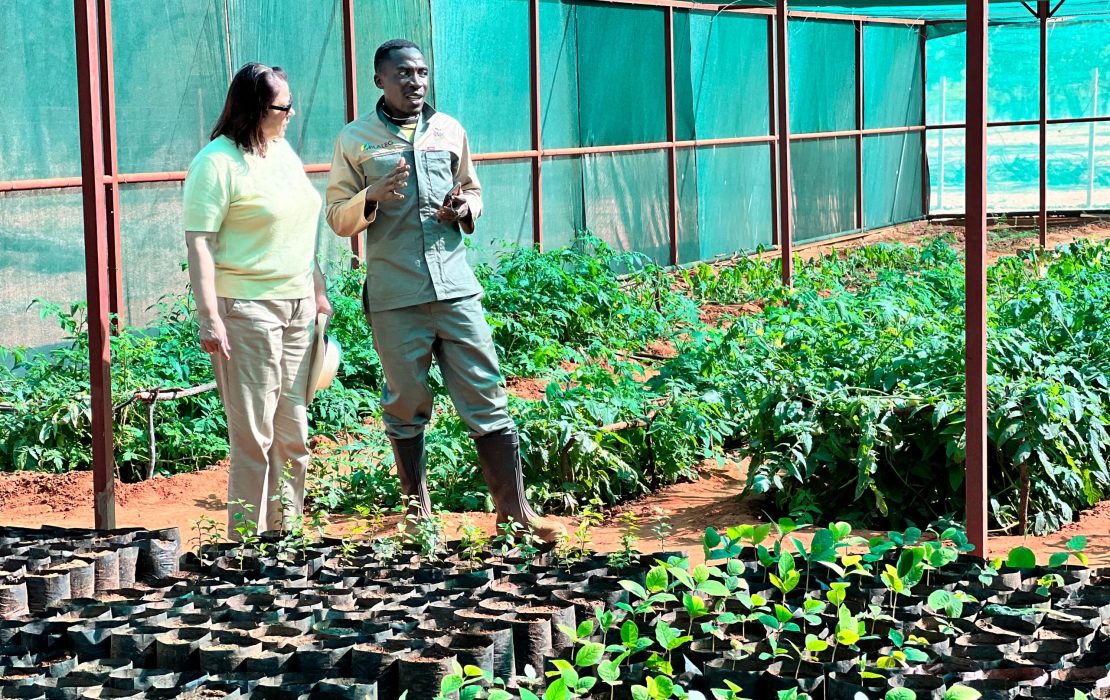
In Namibia, where most of the land is arid or semi-arid, climate-smart agriculture is essential for long-term resilience. Photo: UNDP Namibia
Under the leadership of the Ministry of Environment, Forestry and Tourism, the country developed and validated its LT-LEDS in March 2025. The strategy reflects the country’s ambitious climate vision and is grounded in national frameworks including Vision 2030, National Development Plans, and its NDC. Local communities, traditional leaders, women and youth actively contributed to formulating the strategy, ensuring it reflects diverse needs and priorities and addresses local climate impacts.
In the north of the country, where rain-fed agriculture is the main source of livelihood, the envisioned measures are focused on improving water management and adopting drought-resilient crops. For the central and southern regions, characterized by sparse populations and harsh climatic conditions, the strategy emphasizes investments in renewable energy, desalination and sustainable transport systems. Meanwhile, in the flood-prone northeastern Zambezi region, robust flood management has been identified as a priority.
As a result, Namibia’s LT-LEDS is more than a policy document. It is a people-centered response to a vision of inclusive economic development that also preserves the environmental conditions needed for future generations to flourish.
*
As of May 2025, UNDP has provided support to 18 African countries for the development and implementation of their Long-Term Low Emission Development Strategies (LT-LEDS). Learn more about this support in our guidance report.
Delivered in collaboration with a wide variety of partners, UNDP’s Climate Promise has supported over 120 countries to enhance and implement Nationally Determined Contributions (NDCs) under the Paris Agreement. Pledge to Impact is generously supported by the governments of Germany, Japan, United Kingdom, Sweden, Belgium, Spain, Iceland, the Netherlands, Portugal and other UNDP core contributors. This programme underpins UNDP’s contribution to the NDC Partnership.

